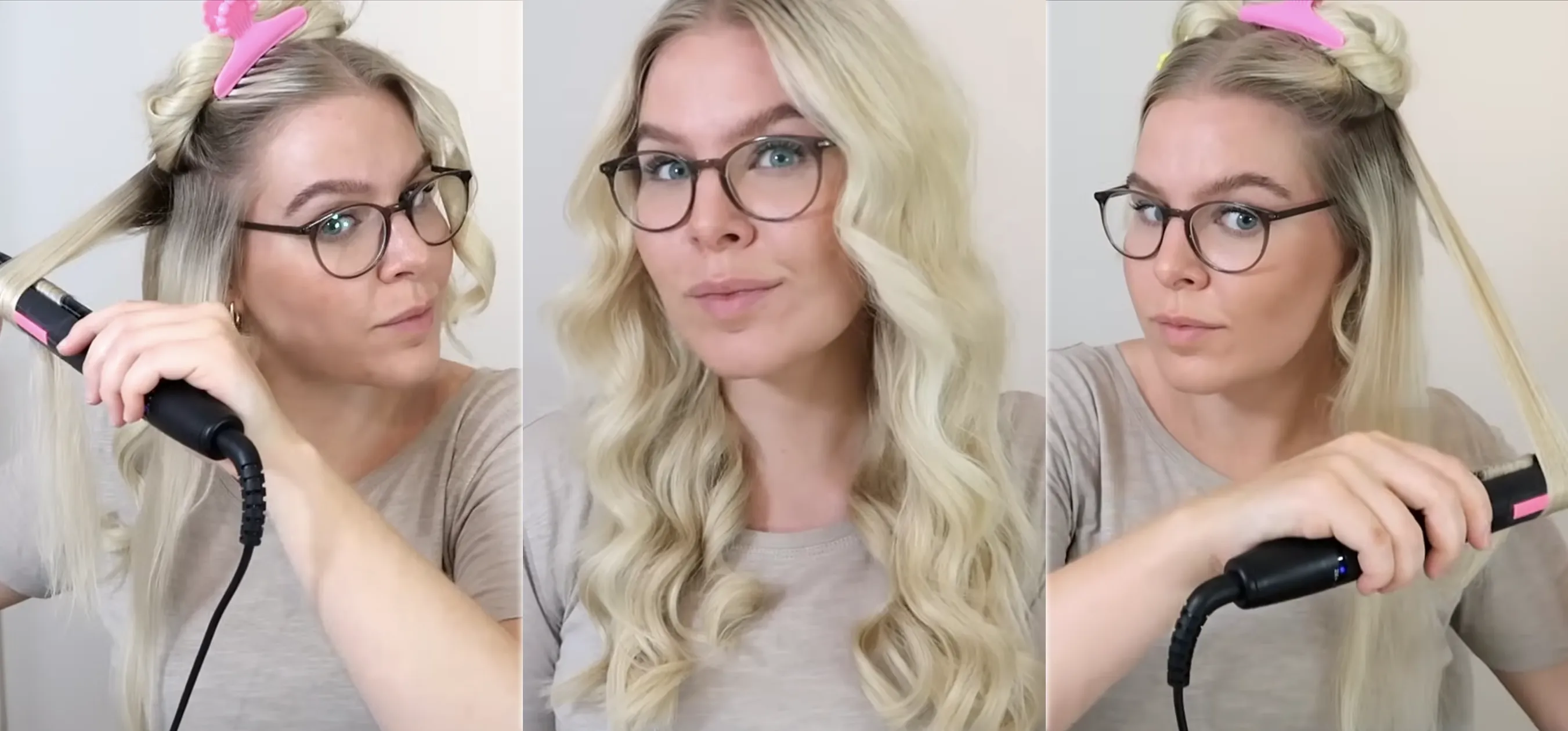Hair loss is not a final destination. You can do something about it.
Learn how to make your hair grow! If you're one of the millions who suffer from alopecia or hair thinning, learn your options.
Hair loss can be embarrassing, depressing, frustrating, but you're not alone. By the age of 50, approximately 85% of men have significantly thinning hair. There are many forms of alopecia, with androgenetic alopecia, or male pattern baldness, accounting for 95% of hair loss in men. Other forms of alopecia include effluviums, alopecia areata, scarring alopecia, congenital hypostrichosis, infectious agents, and hair shaft defects. Treatment depends on the type of hair loss you have. Misdiagnosis wastes time and money, so find a board certified dermatologist at www.abderm.org. Dermatologists will diagnose androgenetic alopecia based on a characteristic pattern of thinning and hereditary hair loss.
If your hair loss isn't genetic, it could be a symptom of a health problem. Be ready to talk about stress, diet, drug use, vaccinations, physical trauma, allergies, any irritation or pain in the scalp, known birth defects and a complete health history with your doctor.
If your hair loss is genetic, there are two FDA-approved drug treatments. Propecia or Finasteride is taken in pill form and has proven to stop the progression of hair loss in 86% of men and, actually increased hair growth in 65%. Rogaine or Minoxidil is a topical treatment that can take weeks to start working, but it's a good alternative for those who don't respond well to Propecia. Rogaine has products for women's hair loss as well. Whichever drug you choose, remember that hair growth only lasts as long as you're taking the medication.


Make your hair grow
Click through to watch this video on videojug.com
External Content
www.videojug.com
Apple's iOS 26 and iPadOS 26 updates are packed with new features, and you can try them before almost everyone else. First, check Gadget Hacks' list of supported iPhone and iPad models, then follow the step-by-step guide to install the iOS/iPadOS 26 beta — no paid developer account required.























Comments
Be the first, drop a comment!